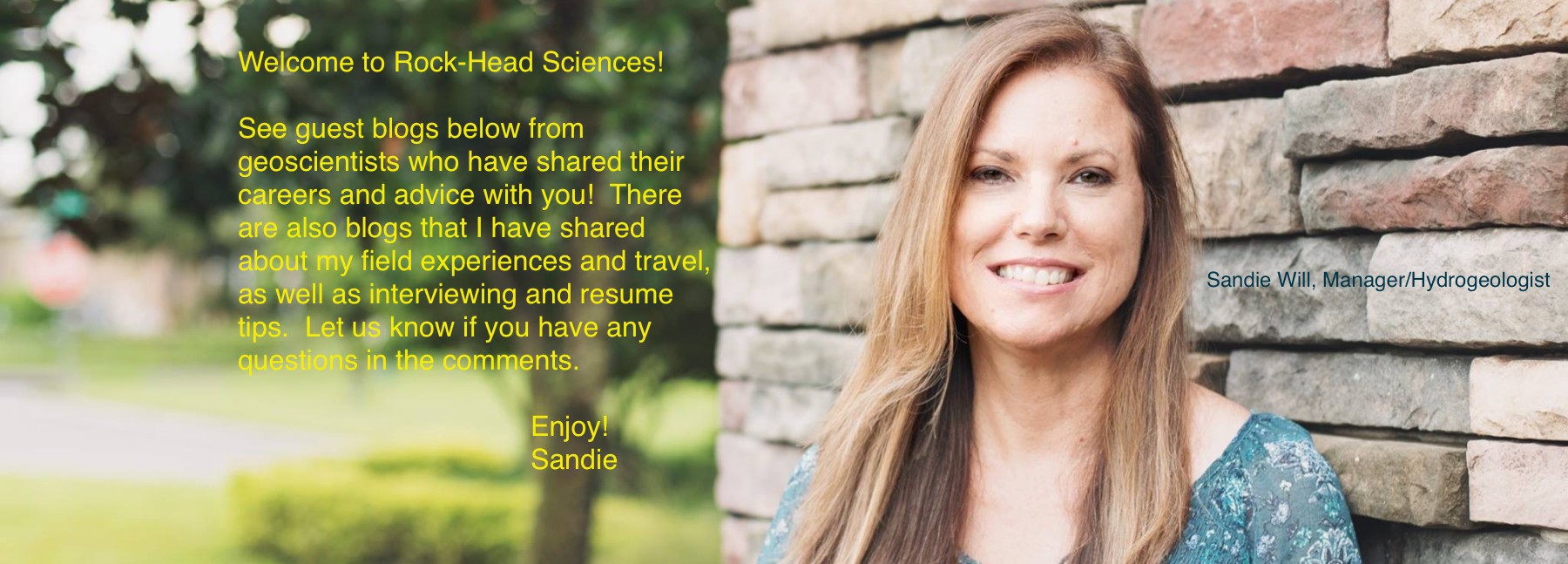NAME: Charlie Barrington
CURRENT TITLE: Volcanologist, Department of Volcanology, Instituto Geofisico, Escuela Politécnica Nacional in Quito, Ecuador
AREA OF EXPERTISE: Volcanic degassing, Differential Optical Absorption Spectroscopy (DOAS)
YEARS EXPERIENCE: ~1 (including placements at the Centre for Exchange and Research in Volcanology, Colima and Montserat Volcano Observatory)
EDUCATION: After graduating from the University of York with a BSc in Environmental Science, I enrolled on the Geophysical Hazards MSc programme at University College London, which I completed in September 2014.
What’s your job like?
I couldn´t ask for a better job! What I enjoy most about my work here in Ecuador is that it´s not just the study of one volcano. Between the Volcanology and Seismology Departments at the Institute, there’s so much going on all the time – it’s a great environment to be part of! Whilst I have my own role and responsibilities working in the area of volcanology which interests me most, I have the opportunity to get involved in lots of other aspects through fieldwork, department lectures, and during the weeklong-shifts at Tungurahua Volcano Observatory (OVT). The beauty of my job is its diversity.

Viewing my first ever volcanic explosion – Volcan Reventador, Ecuador. Photo copyright: Charlie Barrington
What’s a typical day like?
My primary role is to process incoming sulfur dioxide (SO2) data that arrives at the Institute from a number of volcanoes across Ecuador. I begin by retrieving wind data from the National Oceanic and Atmospheric Administration’s (NOAA) meteorology database before using the Network for Observation of Volcanic and Atmospheric Change (NOVAC) program to obtain a daily flux value for SO2 emissions. I use this data to compile monthly reports about the degassing behavior of Volcán Sangay, largely considered the world’s most active volcano.
I also get to do a lot of fieldwork, which ranges from taking day tips with instrumentation to fixing monitoring stations to collecting samples from immense avalanche deposits in the South of Ecuador. Concerning gas studies, this month I spent three days on a boat mapping carbon dioxide (CO2) flux from the lake-filled Cuicocha caldera.
Currently, I am at OVT. Here, I have the chance to be involved in all aspects of volcanic monitoring, and it’s especially interesting now that Tungurahua seems to be waking up again! When the volcano is quiet, it’s really peaceful, except when I’m kept awake by the croaking frogs!
What’s fun?
Of course being out in the field is hugely exciting; for me it’s a new country, a new continent and some of the world´s more active and spectacular volcanoes. Watching incandescence at Volcán Reventador, hiking on Cotopaxi (with a rather uncooperative donkey) and seeing Sangay´s infamous peak in the distance whilst driving through Ecuador´s spectacular countryside are just some of the amazing experiences I´ve had so far.
Despite the great fun which comes with fieldwork here, I also still really enjoy being in the office and putting all the things I´ve previously learnt into practice.

Volcan Reventador erupting whilst installing new solar panels at
Copete station, Ecuador. Photo copyright: Charlie Barrington
What’s challenging?
For me right now – the language! Making sure I understand colleges, trying to follow discussions in meetings and making sure my work isn’t compromised because of my Spanish skills are challenging. Improving my Spanish is now a huge focus to ensure I can get the most out of my time here.
What’s your advice to students?
Don’t be intimidated. I have always second guessed or lacked confidence when working with those who have far greater experience than me – especially when it’s a field primarily made up of geologists. I was definitely nervy first joining a team of scientists who have lived and worked on the doorstep of these volcanoes for many years! Trust your education and experience and don’t be scared to provide input.
